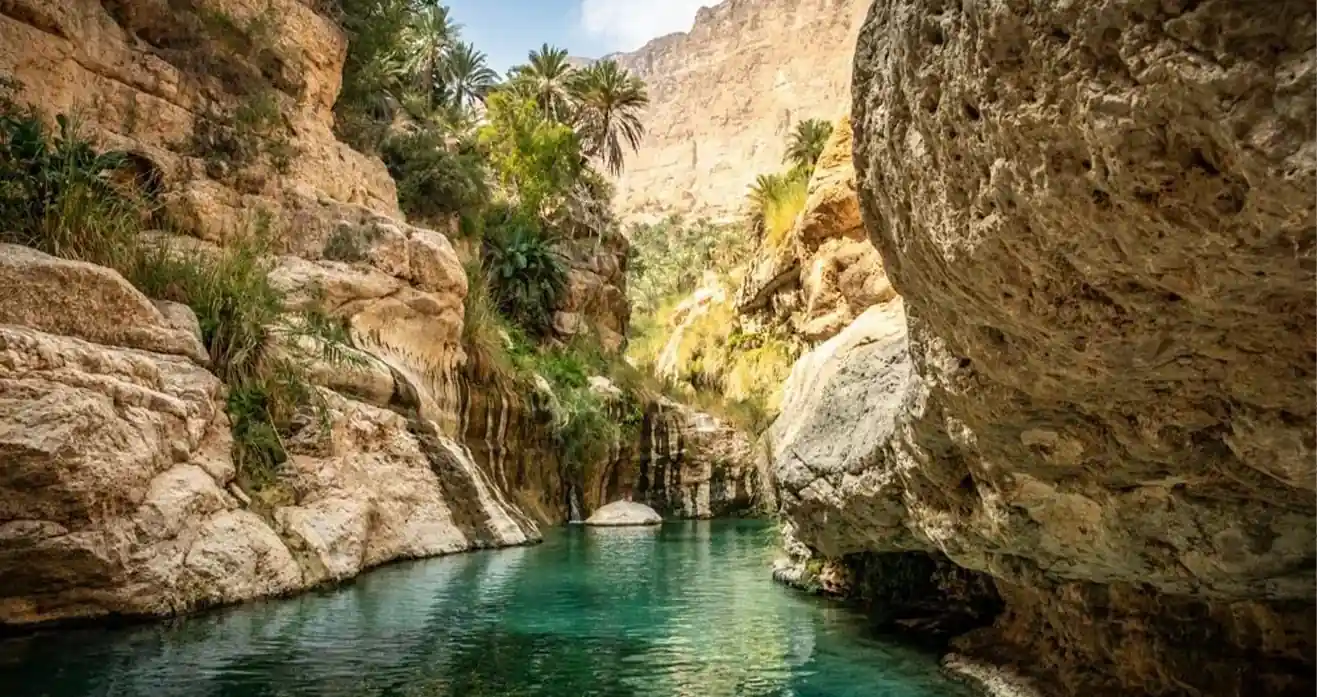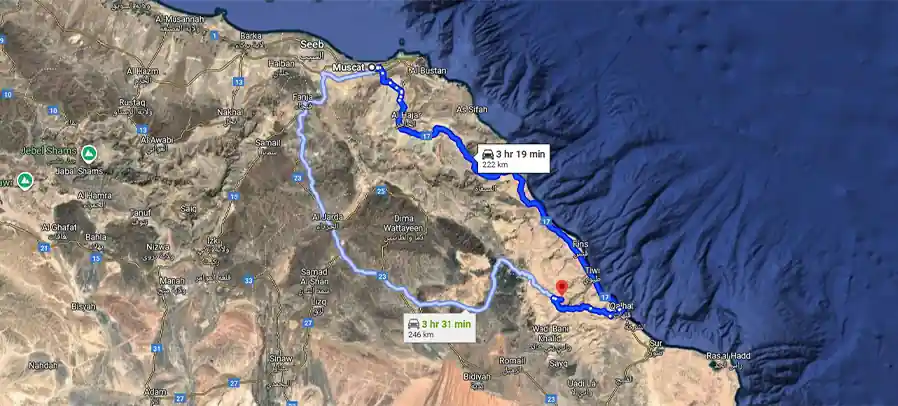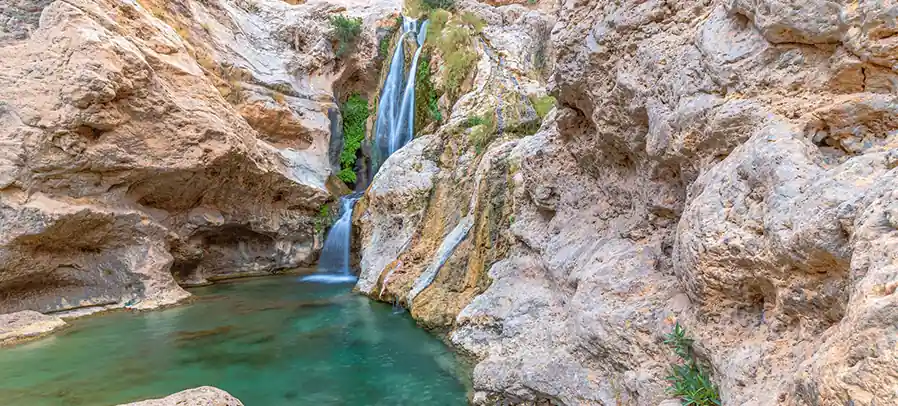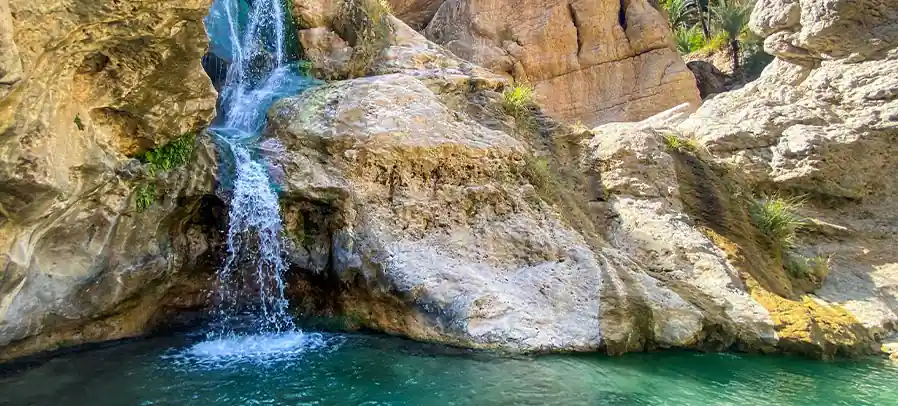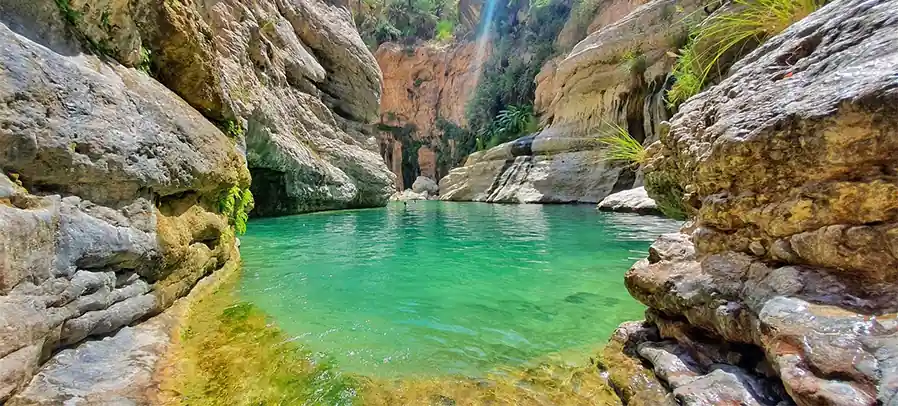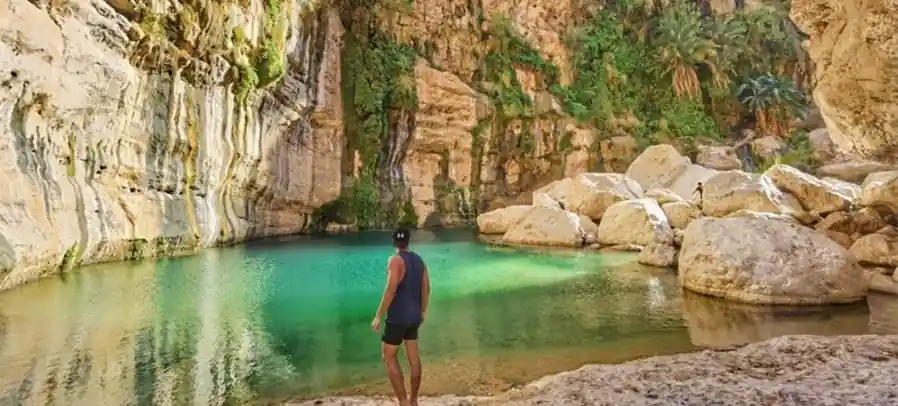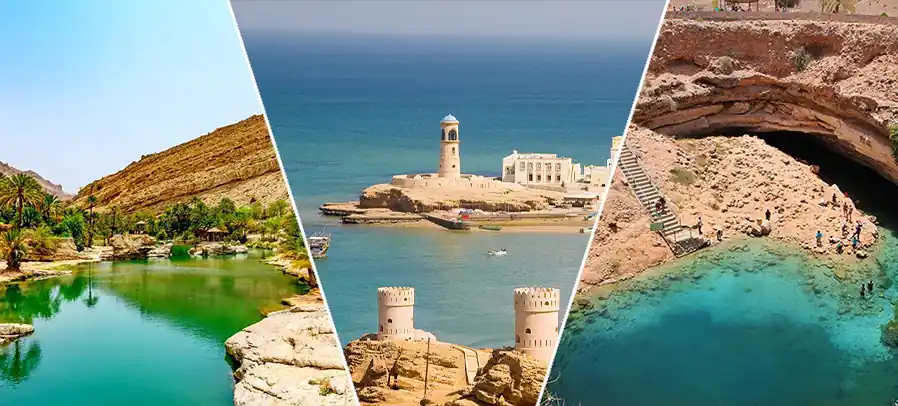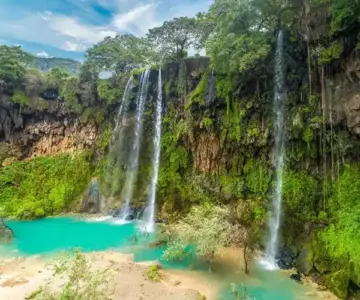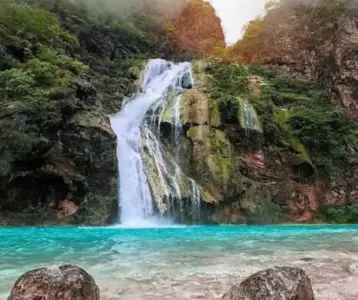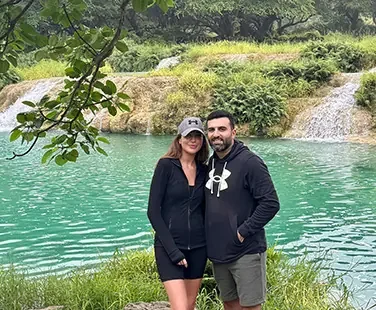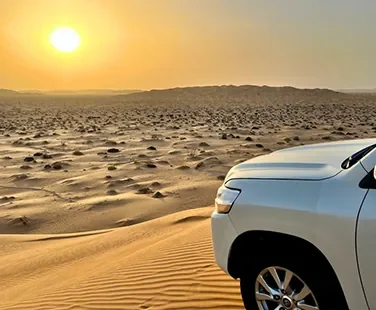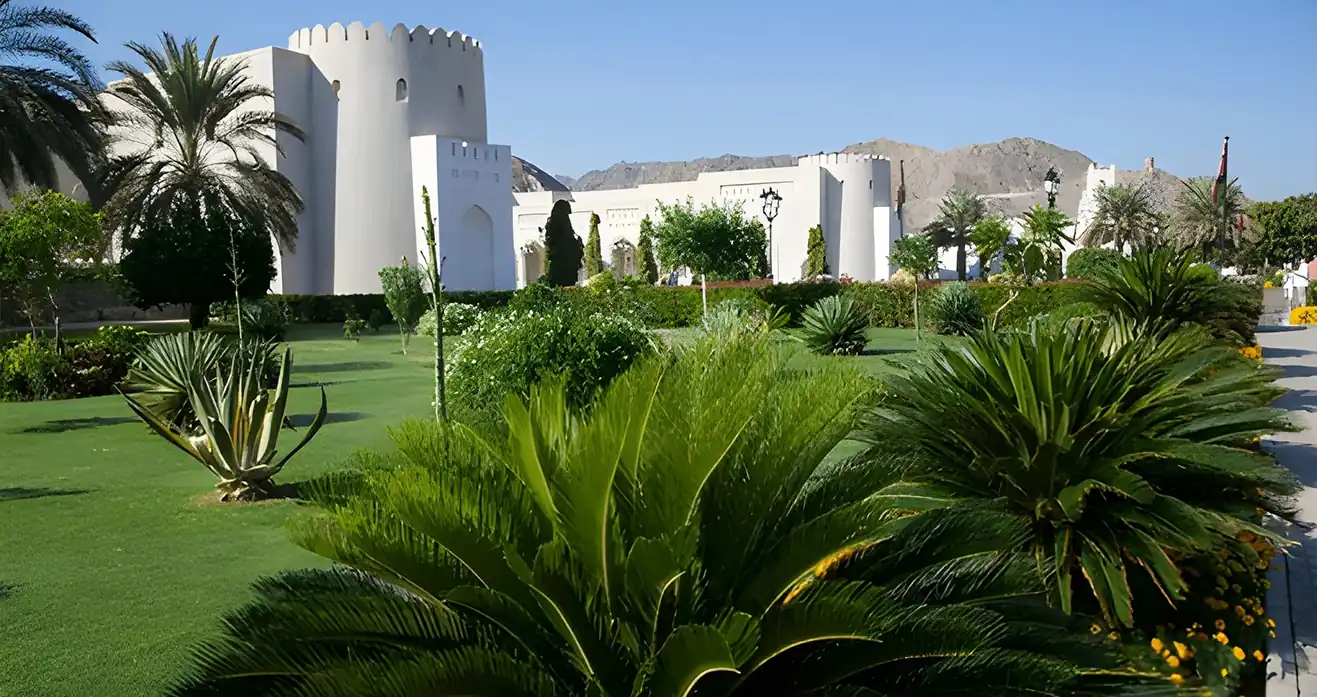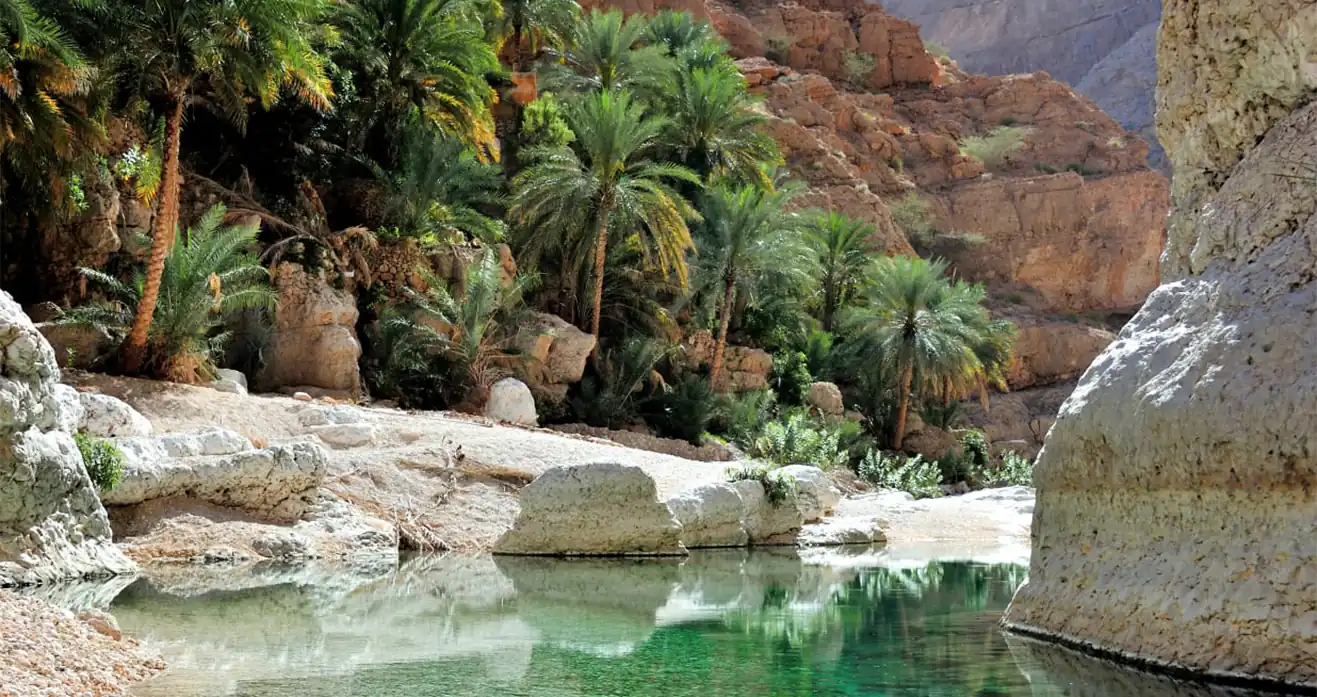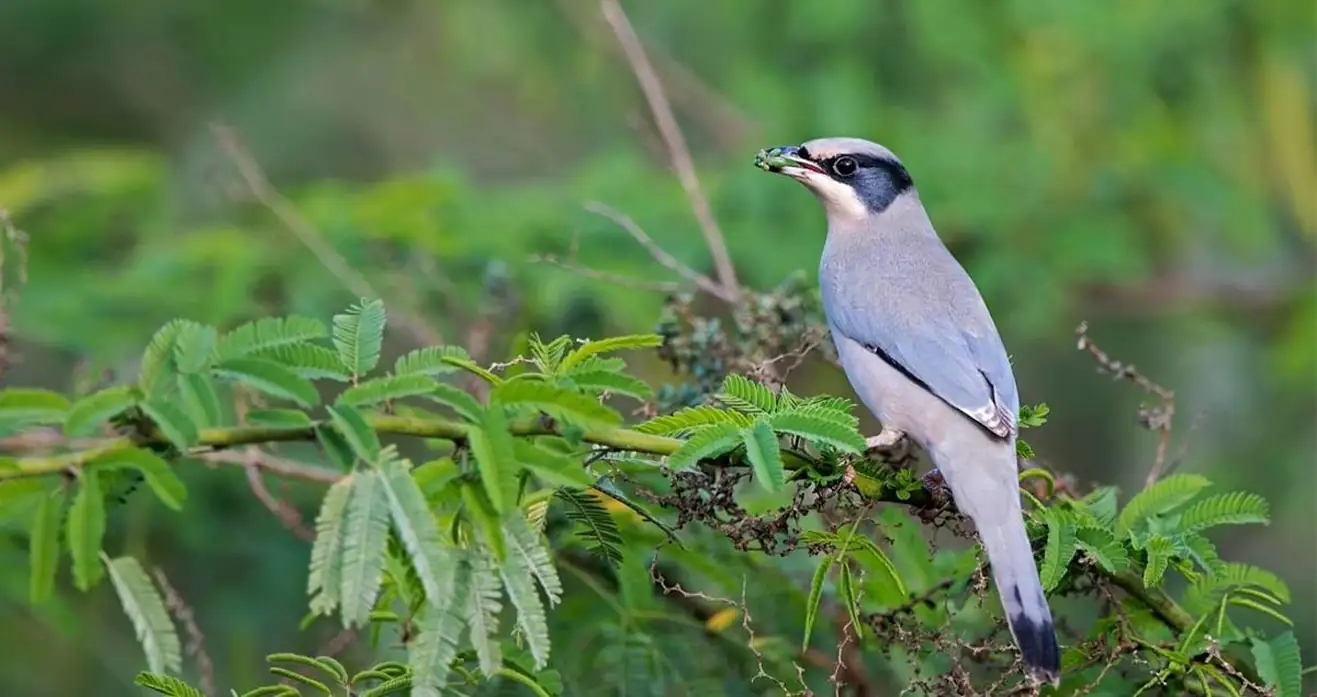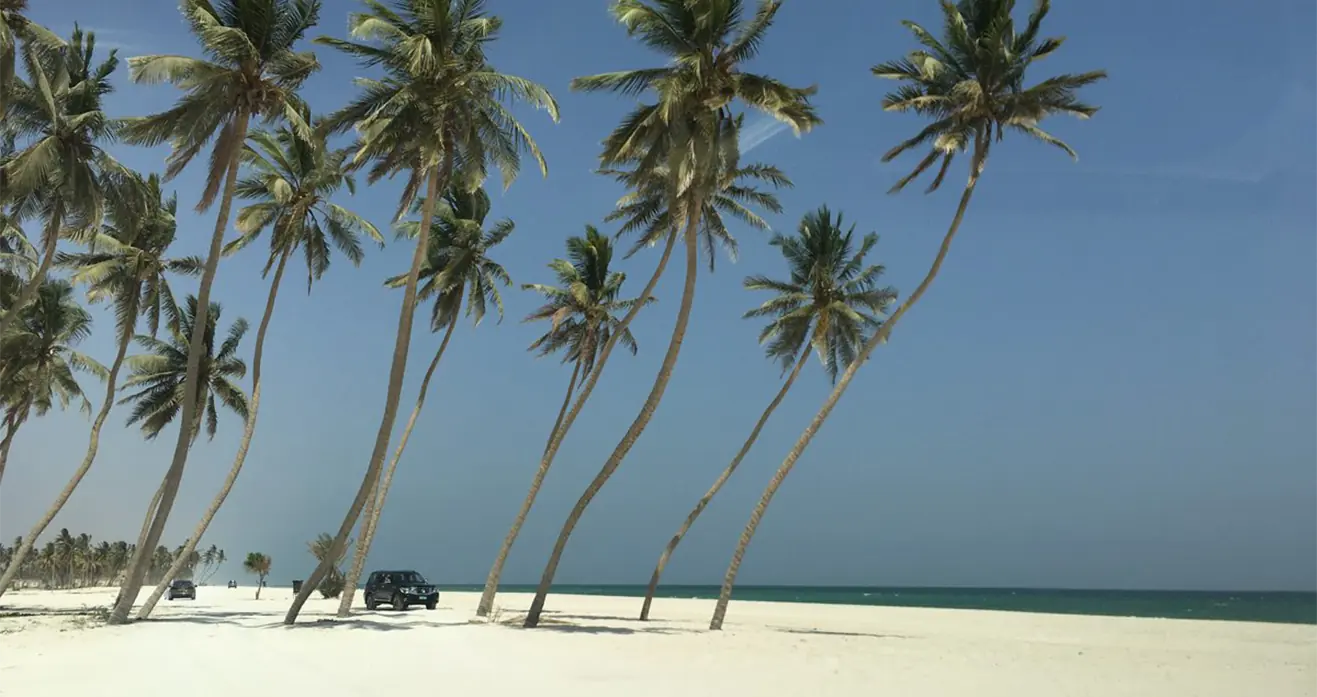Where is Wadi Tiwi? The Gateway to Oman’s Hidden Valley
Nestled in the Hajar Mountains, just two hours from Muscat and a short drive from Sur, Wadi Tiwi is easily accessible yet feels worlds away. The road winds through rugged terrain, revealing glimpses of turquoise waters and lush date palms. Travelers can visit independently with a 4×4 vehicle or join a guided Wadi Tiwi Oman tour for a hassle-free adventure.
The Beauty of Wadi Tiwi: Waterfalls, Pools, and Villages
Imagine hiking through a canyon where waterfalls tumble into crystal-clear pools, and small traditional villages cling to the cliffs above. Wadi Tiwi enchants visitors with its mix of dramatic scenery and cultural heritage. Local villagers still farm the terraced slopes using ancient falaj irrigation systems, creating a lush oasis amid the rocky desert.
Adventure Awaits: Hiking and Swimming in Wadi Tiwi
For adventurers, Wadi Tiwi hiking trails offer unforgettable routes through canyons, waterfalls, and emerald pools. Trails vary from easy walks to challenging climbs, rewarding explorers with panoramic views of the valley. Don’t miss swimming in the natural pools—cool, refreshing, and utterly serene.
Photography and the Magic of Light
Early morning and late afternoon light bathe the cliffs in warm gold. Bring a polarizing filter to capture the shimmering reflections of the water and the deep greens of the valley. Whether you’re a professional or a casual traveler, Wadi Tiwi Oman offers endless photo opportunities.
Customize your Trip With Go Safari Salalah
Are our Salalah City Tour places not fulfilling enough? Contact us and tailor a city tour to your aspirations and desires.
Stay the Night: Camping Beneath the Stars
To truly embrace the spirit of Wadi Tiwi, spend a night camping under Oman’s dazzling starry sky. The sounds of the waterfalls, the gentle rustling of palm leaves, and the cool night breeze create an unforgettable atmosphere. Always respect the environment—leave no trace and carry out what you bring in.
Nearby Attractions: Beyond Wadi Tiwi
Combine your visit with nearby gems like Wadi Shab, famous for its hidden waterfall cave, or the Bimmah Sinkhole, a turquoise pool set inside a limestone crater. The coastal city of Sur also awaits with its dhow-building heritage and serene seaside charm. Together, they form the ultimate Oman road trip experience.
Best Time to Visit Wadi Tiwi
The ideal time to explore Wadi Tiwi Oman is between October and April, when the weather is mild and the pools are full. Summer months can be hot and challenging for hiking, so plan your adventure accordingly. Always check the weather before visiting to avoid flash floods after rain.
Conclusion: Experience Oman’s Hidden Paradise
Wadi Tiwi Oman embodies the true essence of Oman—where adventure, nature, and culture meet. Whether you seek tranquility among waterfalls or excitement on hiking trails, Wadi Tiwi promises memories that linger long after your journey ends.

